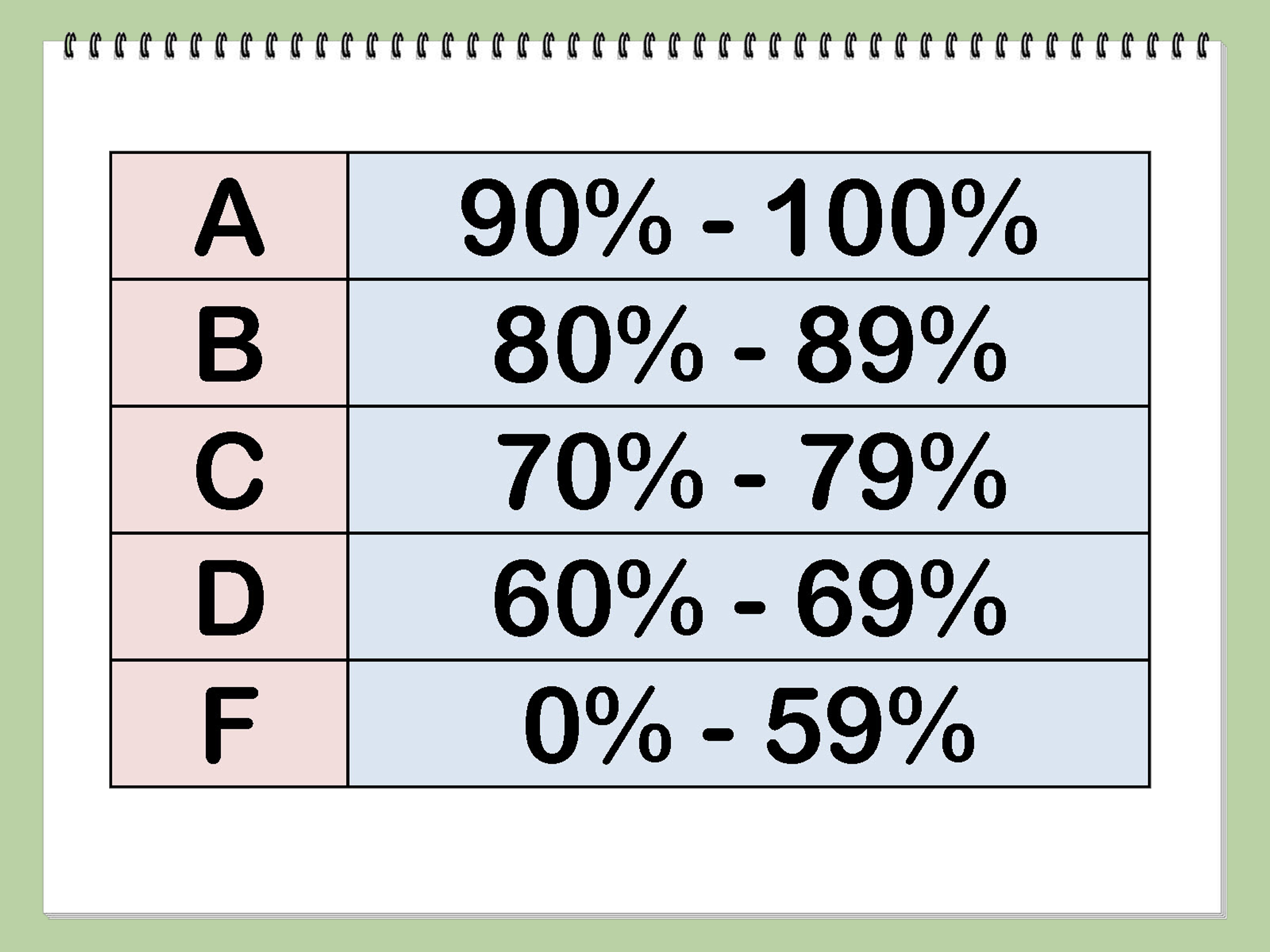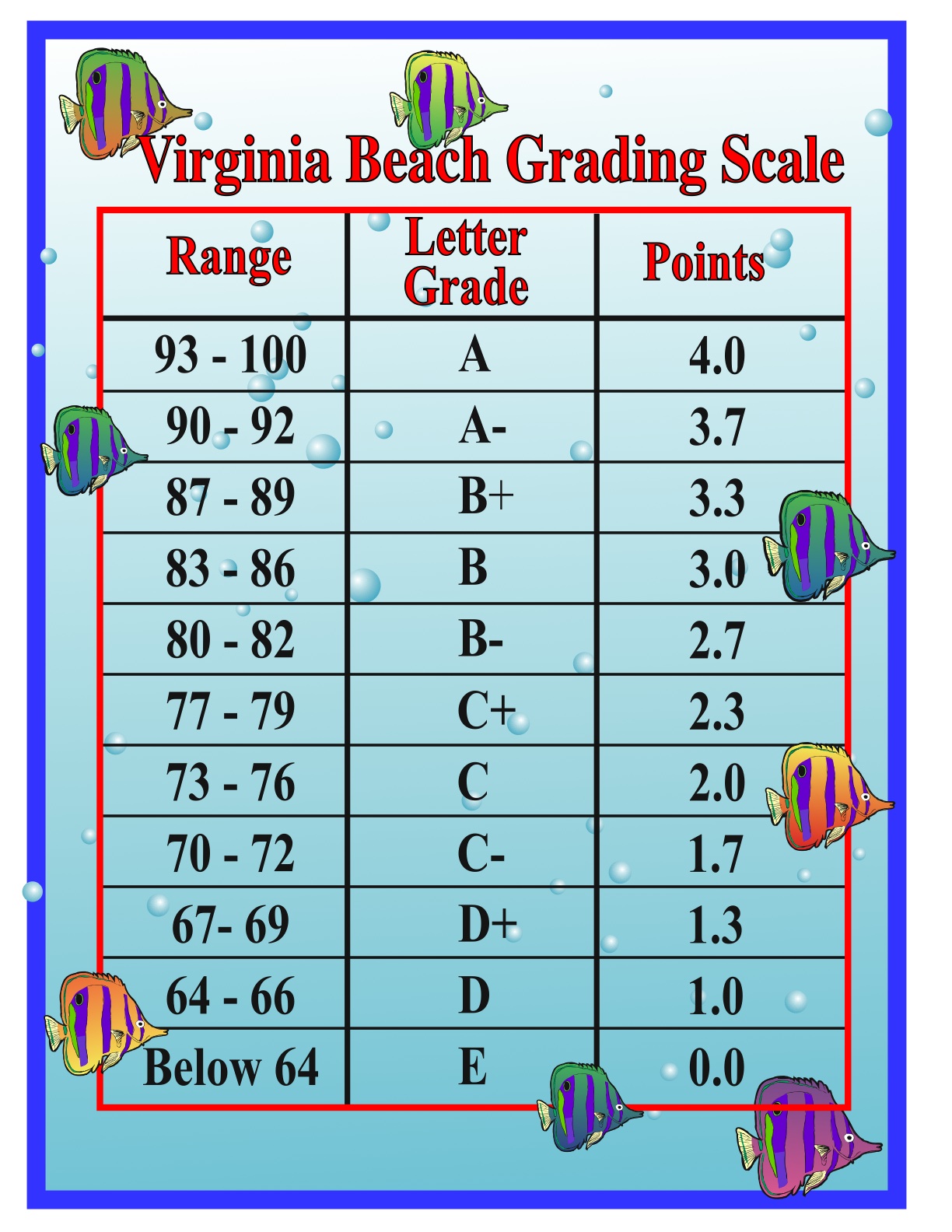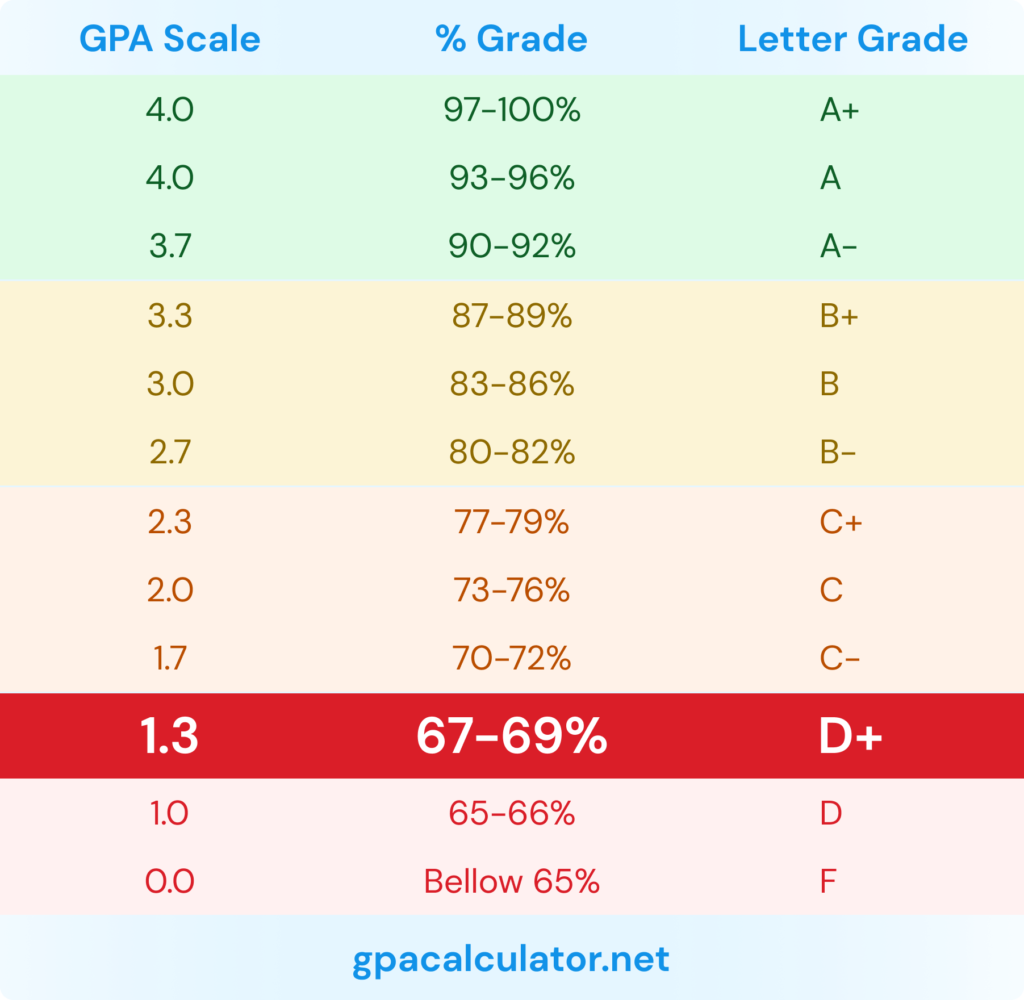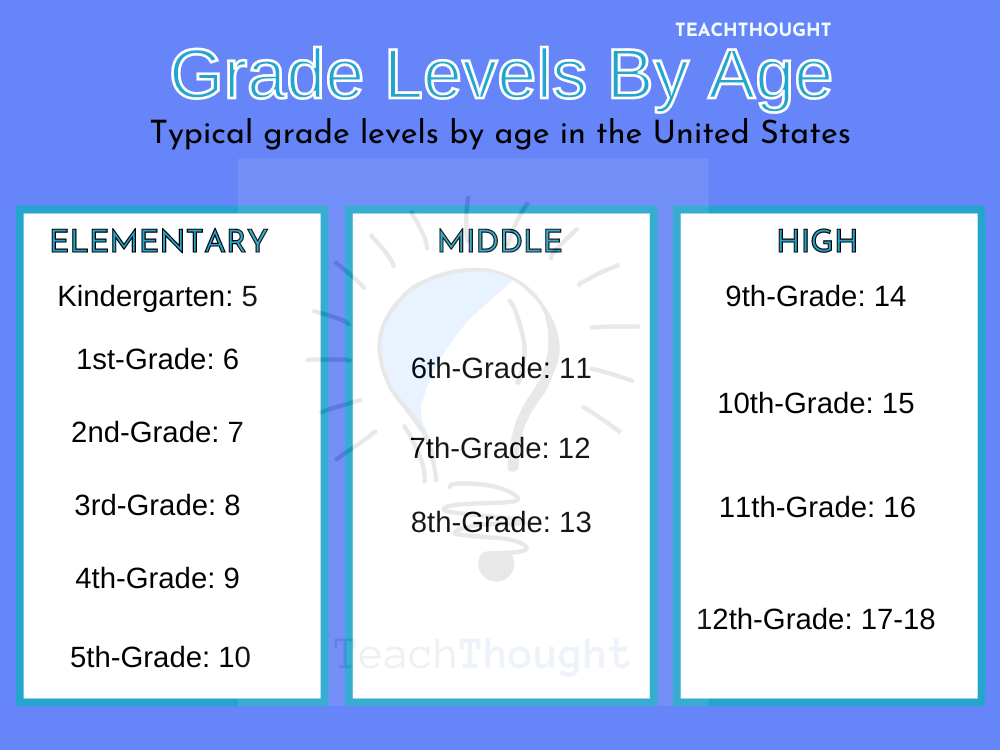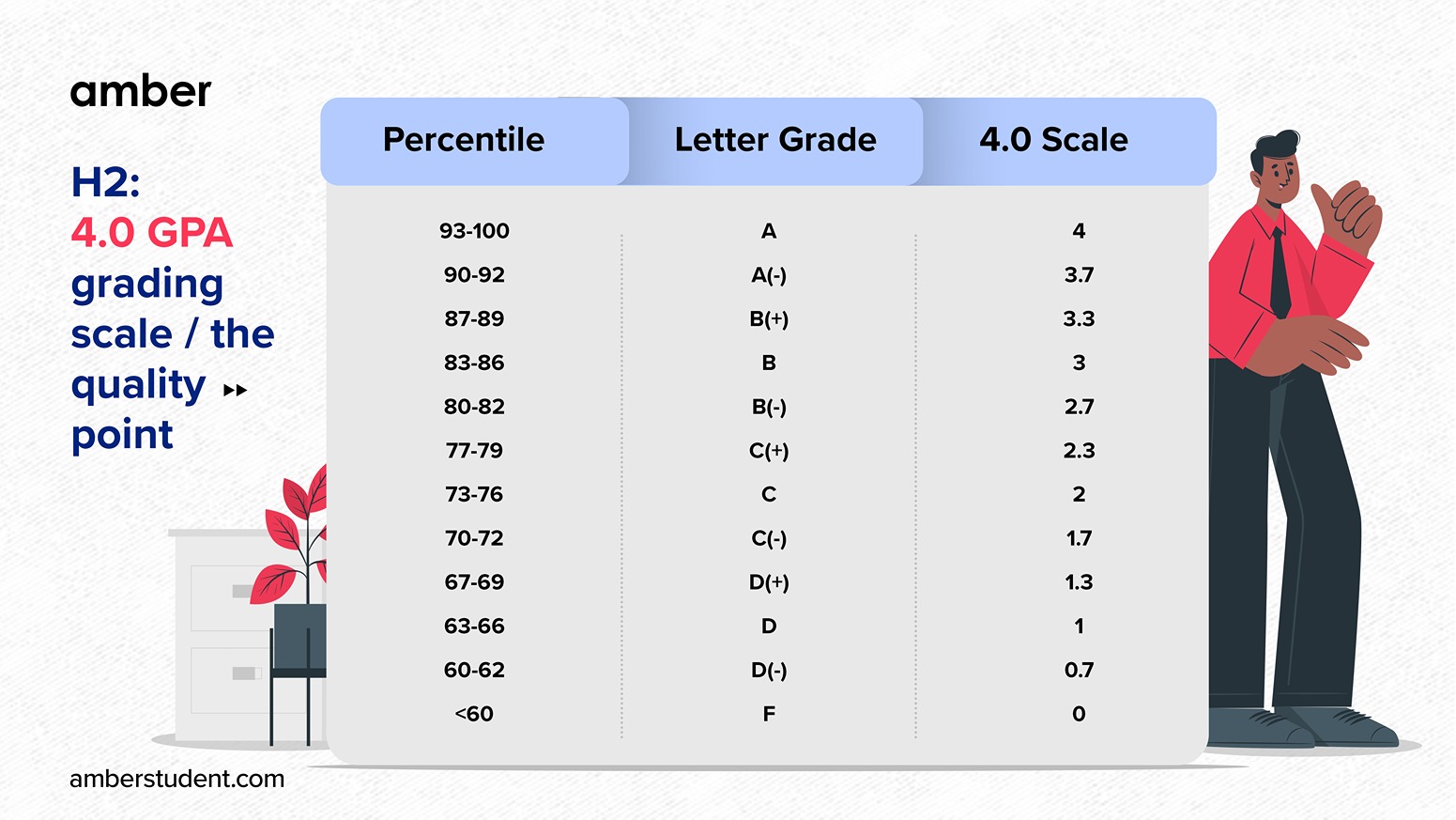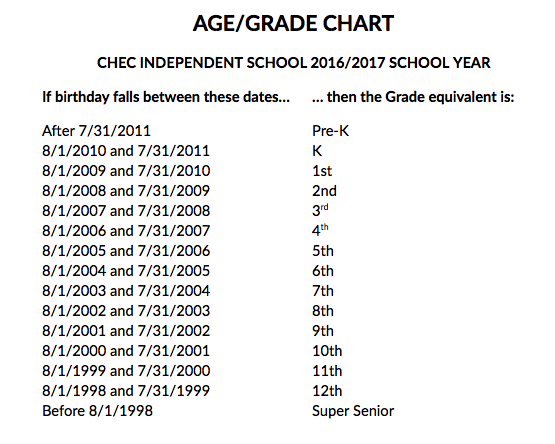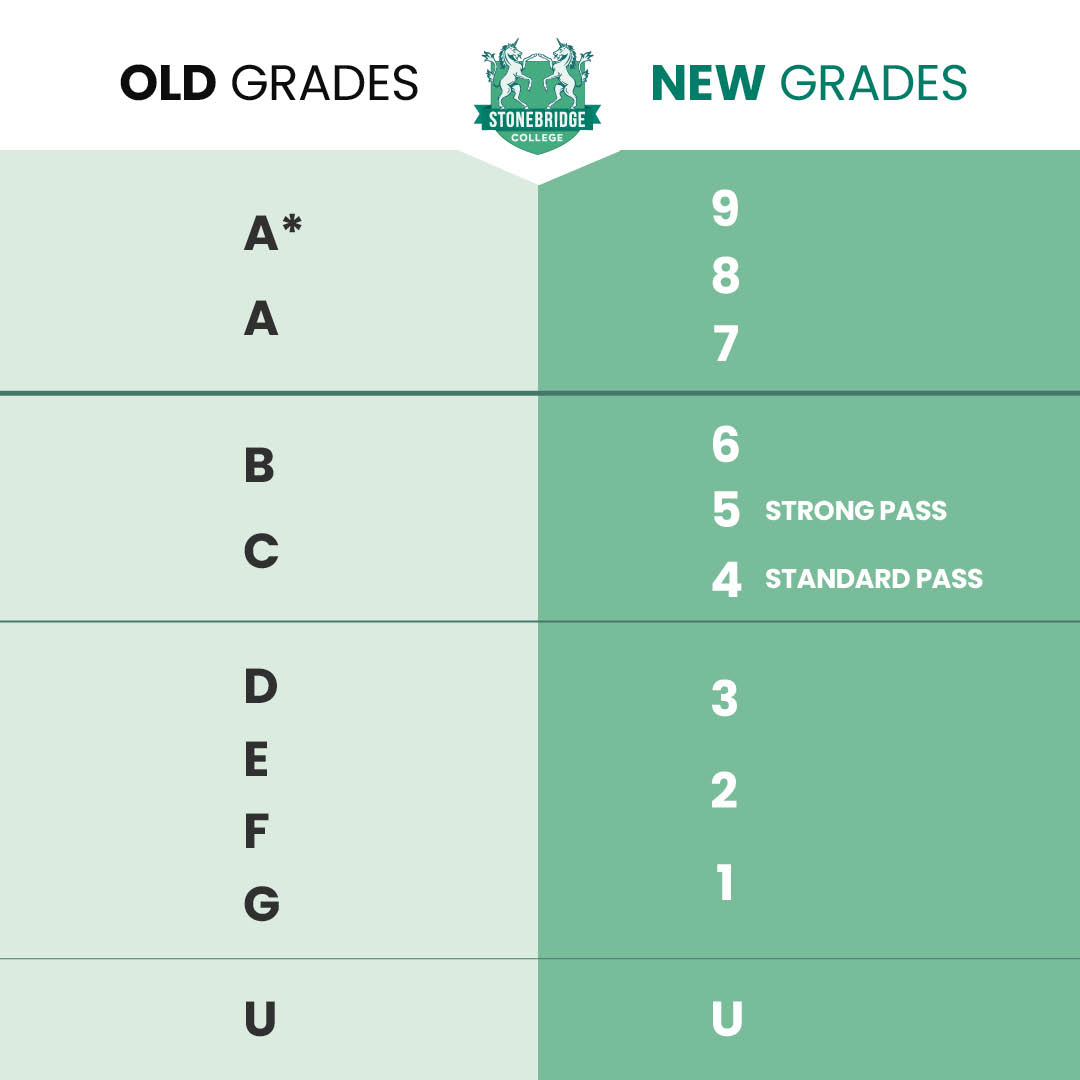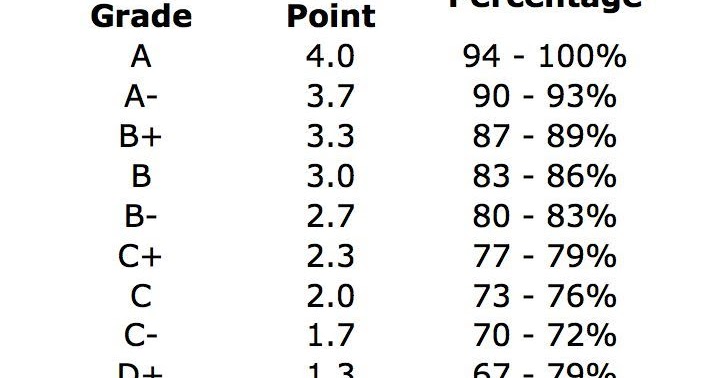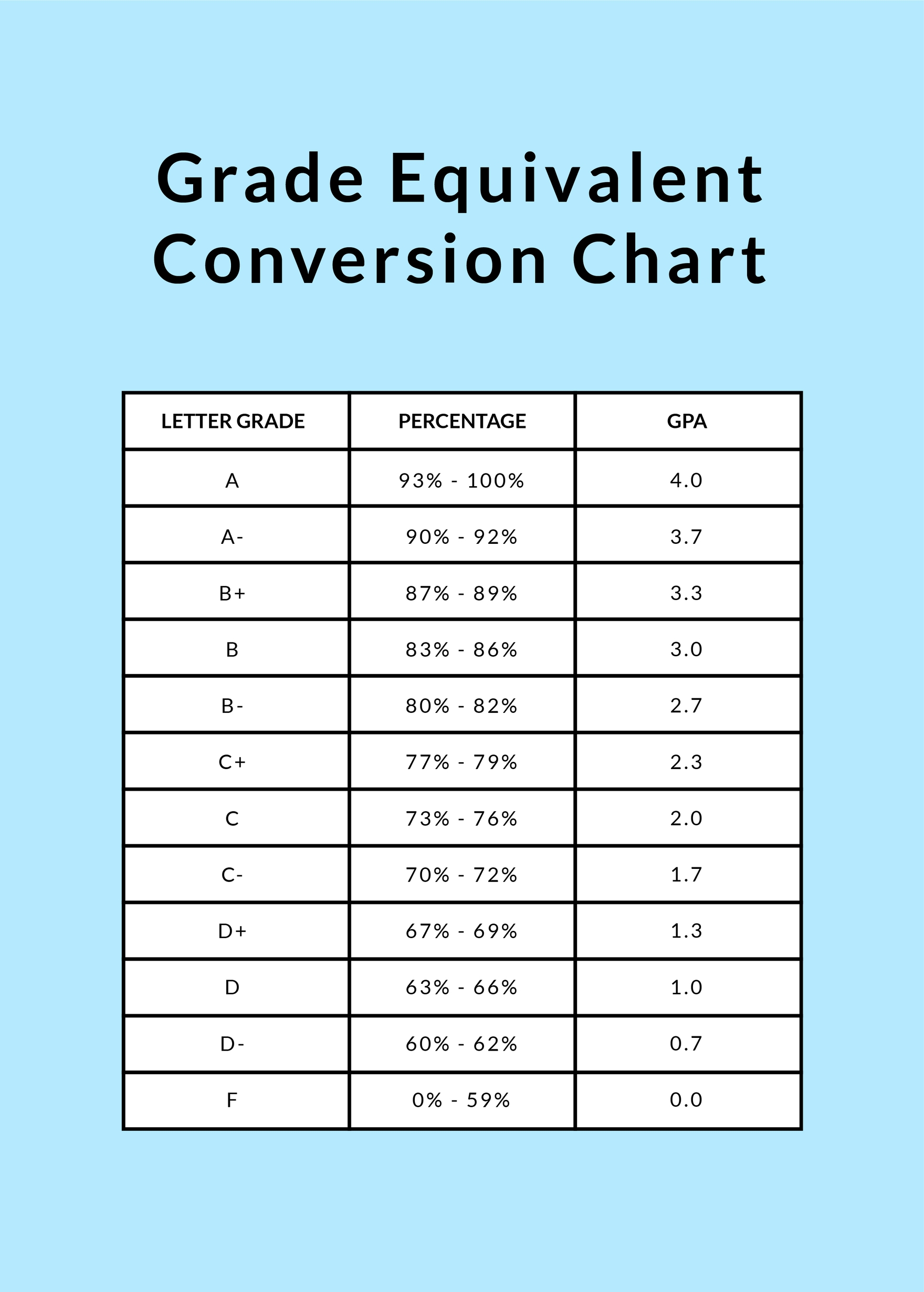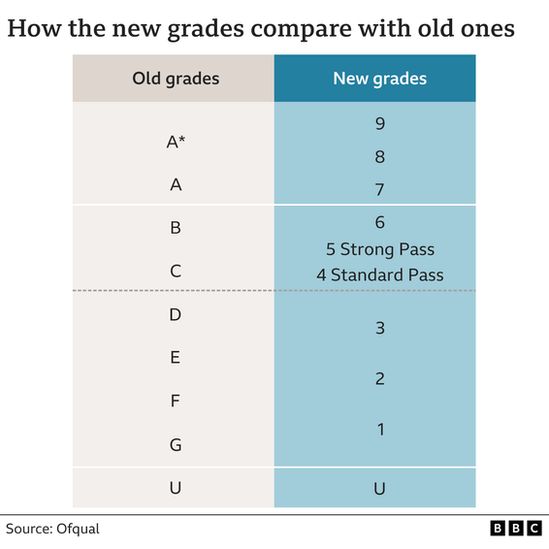What Grade Is A 13 Out Of 16

Confusion and anxiety grip students and parents nationwide as the seemingly simple question, "What grade is a 13 out of 16?" sparks widespread debate and varying interpretations. The lack of a standardized grading scale throws academic performance into uncertainty, demanding immediate clarification.
This article addresses the urgent need for clarity surrounding the percentage grade equivalent of a 13/16 score. It explores the different grading systems in use and their implications for students' academic standing, providing concrete answers amidst growing concern.
The Core Issue: Percentage Conversion
The crux of the problem lies in converting the fraction 13/16 into a percentage. Different institutions and even individual teachers may apply slightly different methods for this conversion, leading to disparate results.
The most direct calculation involves dividing 13 by 16 and multiplying by 100. This yields a result of 81.25%, which often falls into the B- or B range depending on the specific grading scale.
However, some educators may curve grades or adjust scales based on the overall class performance or the difficulty of the assessment. This means that a 13/16 could potentially be interpreted differently.
Common Grading Scales and Their Impact
Here’s a look at some common grading scales and how an 81.25% might be interpreted:
Traditional Scale (10-Point Scale): 90-100% = A, 80-89% = B, 70-79% = C. Under this scale, an 81.25% would typically be a B.
Plus/Minus Grading: This system adds further nuance. An 81.25% might be a B, B+, or B- depending on the specific cutoffs. The ranges often vary, but generally, B+ would be around 87-89%, B around 83-86%, and B- around 80-82%.
Variations and Institutional Differences: It's crucial to understand that these scales are not universally applied. Some schools may use a 7-point scale, while others may have more granular distinctions.
Impact on Students and Parents
The ambiguity surrounding grading creates significant anxiety for students and their families. Uncertainty about the precise meaning of a score can impact motivation and future academic planning.
Parents are often left scrambling to understand the implications of a seemingly simple grade. This confusion can lead to unnecessary stress and a lack of clarity regarding their child's academic progress.
Furthermore, inconsistencies in grading can disadvantage students applying to colleges or transferring between schools. A B in one institution may be perceived differently by another.
Expert Perspectives on Grading Consistency
"The lack of standardization in grading practices is a persistent problem in education," says Dr. Emily Carter, a professor of educational assessment at a prominent university. "It creates inequity and hinders our ability to accurately evaluate student learning."
Dr. Carter advocates for greater transparency and consistency in grading policies across educational institutions. She believes that clear communication is essential for fostering a positive learning environment.
Educators agree that clear and accessible grading rubrics are essential. These rubrics should explicitly outline the expectations for each grade level and provide students with a roadmap for success.
Call to Action: Seeking Clarification
The immediate step is to contact the teacher or institution responsible for the grading. Parents and students should request a clear explanation of the grading scale used for the specific assignment or course.
This inquiry should not be confrontational but rather a genuine effort to understand the evaluation criteria. Open communication can often resolve misunderstandings and alleviate anxiety.
Advocacy for standardized grading practices at the school and district levels is crucial. This effort can involve parents, students, and educators working together to promote fairness and transparency.
Moving Forward: Addressing the Systemic Issues
The broader issue of grading inconsistency requires a systemic solution. Discussions on implementing standardized grading scales at the state or national level are necessary.
Professional development for teachers on effective and equitable grading practices should be prioritized. Educators need the resources and support to implement fair and consistent evaluation methods.
The quest to decipher the meaning of "13 out of 16" underscores the urgent need for clarity and consistency in grading systems. Open dialogue and collaborative efforts are essential to ensuring that academic evaluations accurately reflect student learning and provide a fair assessment of their potential. The conversation continues as stakeholders seek solutions to this pervasive challenge in education.

